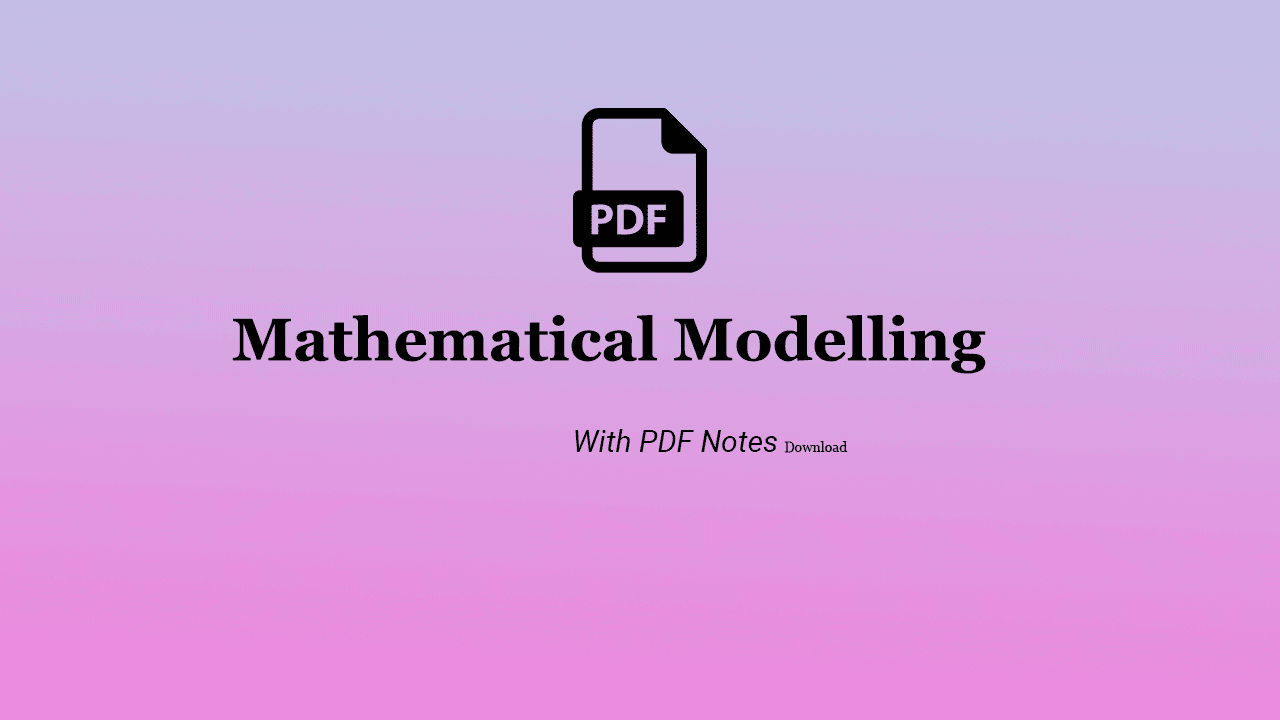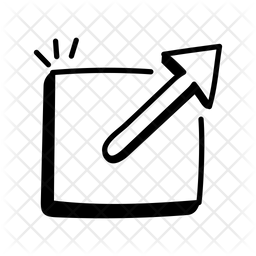
What is mathematical modelling?
Models describe our beliefs about how the world functions. In mathematical modelling, we translate those beliefs into the language of mathematics. This has many advantages
- Mathematics is a very precise language. This helps us to formulate ideas and identify underlying assumptions.
- Mathematics is a concise language, with well-defined rules for manipulations.
- All the results that mathematicians have proved over hundreds of years are at our disposal.
- Computers can be used to perform numerical calculations.
There is a large element of compromise in mathematical modelling. The majority of interacting systems in the real world are far too complicated to model in their entirety. Hence the first level of compromise is to identify the most important parts of the system. These will be included in the model, the rest will be excluded. The second level of compromise concerns the amount of mathematical manipulation which is worthwhile. Although mathematics has the potential to prove general results, these results depend critically on the form of equations used. Small changes in the structure of equations may require enormous changes in the mathematical methods. Using computers to handle the model equations may never lead to elegant results, but it is much more robust against alterations.
What objectives can modelling achieve?
Mathematical modelling can be used for a number of different reasons. How well any particular objective is achieved depends on both the state of knowledge about a system and how well the modelling is done. Examples of the range of objectives are
- Developing scientific understanding
- through quantitative expression of current knowledge of a system (as well as displaying what we know, this may also show up what we do not know);
- test the effect of changes in a system
- aid decision making, including
- tactical decisions by managers;
- strategic decisions by planners.
Classifications of models
When studying models, it is helpful to identify broad categories of models. Classification of individual models into these categories tells us immediately some of the essentials of their structure.
One division between models is based on the type of outcome they predict. Deterministic models ignore random variation, and so always predict the same outcome from a given starting point. On the other hand, the model may be more statistical in nature and so may predict the distribution of possible outcomes. Such models are said to be stochastic.
A second method of distinguishing between types of models is to consider the level of understanding on which the model is based. The simplest explanation is to consider the hierarchy of organisational structures within the system being modelled. For animals, one such hierarchy is:
A model which uses a large amount of theoretical information generally describes what happens at one level in the hierarchy by considering processes at lower levels these are called mechanistic models, because they take account of the mechanisms through which changes occur. In empirical models, no account is taken of the mechanism by which changes to the system occur. Instead, it is merely noted that they do occur, and the model trys to account quantitatively for changes associated with different conditions.
The two divisions above, namely deterministic/stochastic and mechanistic/empirical, represent extremes of a range of model types. In between lie a whole spectrum of model types. Also, the two methods of classification are complementary. For example, a deterministic model may be either mechanistic or empirical (but not stochastic). Examples of the four broad categories of models implied by the above method of classification are:
One further type of model, the system model, is worthy of mention. This is built from a series of sub-models, each of which describes the essence of some interacting components. The above method of classification then refers more properly to the sub-models: different types of sub-models may be used in any one system model.
Much of the modelling literature refers to ’simulation models’. Why are they not included in the classification? The reason for this apparent omission is that ’simulation’ refers to the way the model calculations are done - i.e. by computer simulation. The actual model of the system is not changed by the way in which the necessary mathematics is performed, although our interpretation of the model may depend on the numerical accuracy of any approximations
Warning!
This PDF is protected by copyright law. Unauthorized reproduction or distribution of this material, or any portion thereof, may result in severe civil and criminal penalties and will be prosecuted to the maximum extent possible under the law.
Download Notes
How to Download
- Click on the eye button.
- A PDF popup appears.
- Click on

- You are redirected to a new Google Drive page or an application.
- Now click on the download button.
